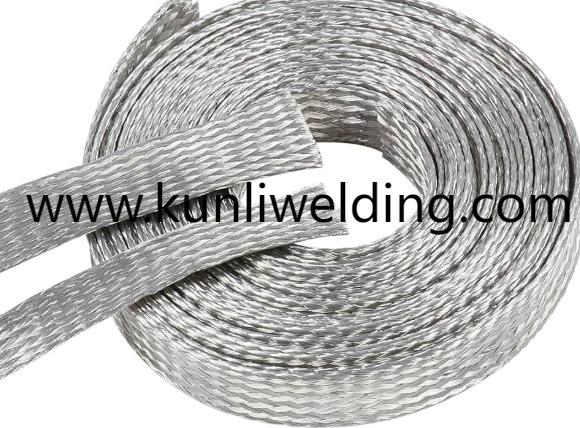How Do Kunliwelding Products Support Automotive Welding Programs

When auto fabricators face the twin demands of lighter structures and sustained performance, the filler metal choice matters. Aluminum Welding Wire ER5087 is increasingly mentioned in industry discussions for joining high magnesium alloys used in vehicle bodies and substructures, offering a mix of strength and corrosion resilience that suits electric vehicle frames and other lightweight builds. Early engagement with a supplier who publishes clear lot documentation and handling notes helps engineers move from prototype to series work with fewer surprises.
Automotive makers now push aluminum into areas once reserved for steel as weight reduction becomes central to mileage and range goals. That shift raises technical questions for welding teams. ER5087 contains added magnesium and trace elements that refine grain structure and raise tensile capacity, which supports joints that must carry dynamic loads. These alloying choices also change weld pool behavior, so shops must adapt parameters and consumable management to maintain consistent bead geometry and to limit distortion. The technical briefs and product notes from established suppliers can shorten that learning curve.
Corrosion exposure is another factor in road driven environments. Components near wheel wells or battery trays face salt spray and road chemicals that accelerate degradation. Wires formulated with controlled magnesium plus trace zirconium or chromium show improved resistance in welded zones, reducing the risk of localized attack where base metal and weld metal meet. For projects that combine aluminum with mixed joining methods, selecting a filler that aligns with anticipated service environments reduces long term repair cycles and warranty exposure.
But benefits come with practical challenges. ER5087 demands attention to storage and moisture control. Magnesium rich alloys can pick up surface films that affect weld wetting and fusion if reels are exposed in a humid yard. Effective shop discipline includes sealed reels, desiccants in packaging and a routine of short verification beads after spool changes to confirm arc stability. When suppliers publish handling recommendations and traceability details on spool labels it enables receiving teams to integrate new lots without lengthy qualification delays.
Process setup is another area where experience pays. MIG parameters that work for one alloy family may not transfer directly when a magnesium rich filler is introduced. Travel speed, wire feed stability and shielding coverage all influence porosity and penetration. Welding cells that can capture parameter data and tie it to lot numbers will reduce iterations and scrap. Some suppliers support this with recommended ranges and short trial coupons, which helps teams ramp up faster while meeting appearance and mechanical targets.
Joining dissimilar aluminum grades in a single assembly poses additional trade offs. When designers mix alloys for tailored performance the filler choice must balance ductility with strength. ER5087 sits toward the strength oriented side of available fillers, so weld designers may need to evaluate post weld forming risk and stress redistribution in assemblies. Collaboration between design and process teams together with supplier technical input typically yields the most reliable outcomes.
Supply chain signals also matter to automotive programs that expect sustained runs. Reliable lead times, consistent spool packaging and repeatable metallurgy contribute directly to line uptime. In periods of market disruption buyers who maintain vendor relationships that include lot retention and shared test artifacts avoid long qualification pauses. Sourcing from vendors that publish product data and that offer coordinated logistics options helps production planners keep assembly targets on track.
Training and inspection are simple but high impact controls. Teams that standardize spool unpack procedures and that tie weld coupons to lot identifiers speed root cause work when anomalies appear. Routine visual checks and a small set of reproducible verification beads provide immediate feedback on new purchases and protect downstream stations from latent defects. These habits are inexpensive relative to rework and they preserve warranty exposure for equipment manufacturers.
As vehicle makers move toward electrification and modular platforms, welding consumable choice remains a lever for mass and durability. Aluminum Welding Wire ER5087 offers a compelling mix of attributes for certain automotive joins, provided fabricators account for its handling and process needs. When procurement teams prioritize suppliers that document composition, handling and packaging, welders gain the stability needed to scale successful trials into production programs.
For product details, handling guidance and to discuss trials with Kunliwelding please visit www.kunliwelding.com where technical pages outline wire features and where teams can request sample reels and parameter notes to align welding cells with program requirements.






